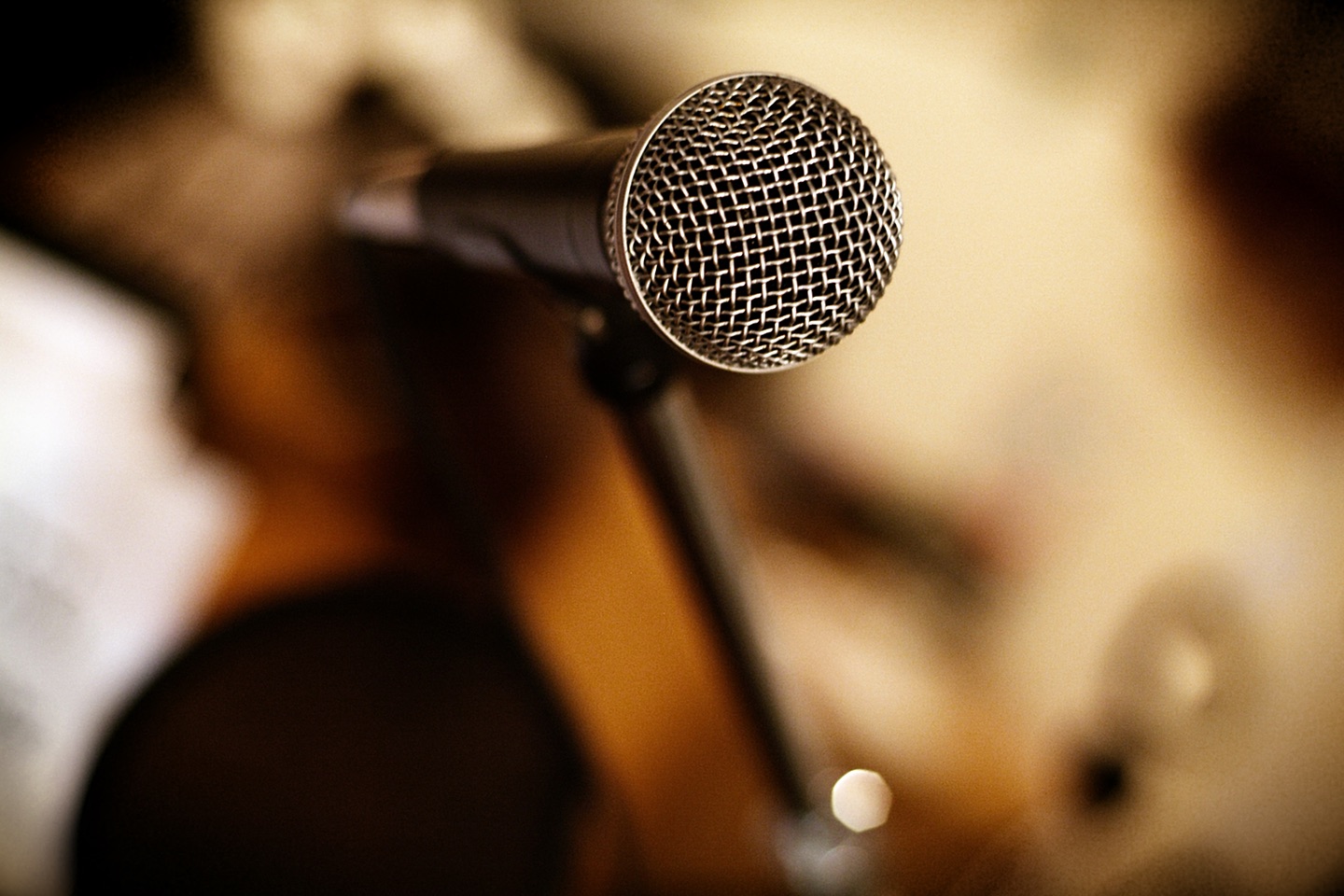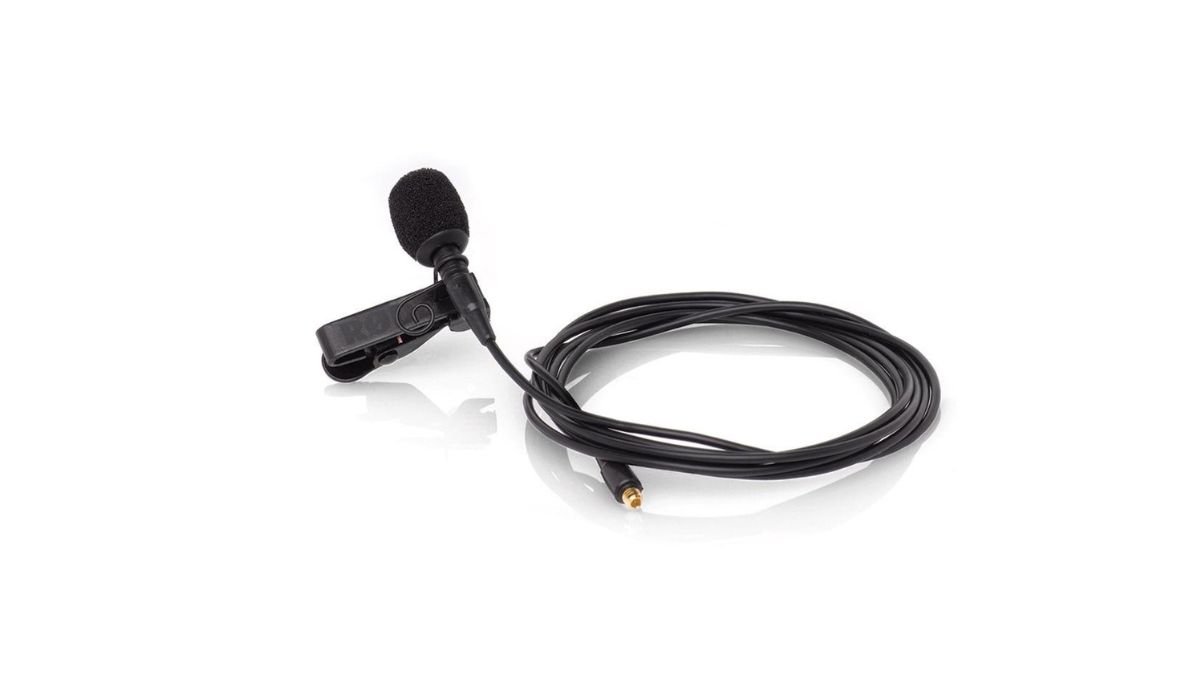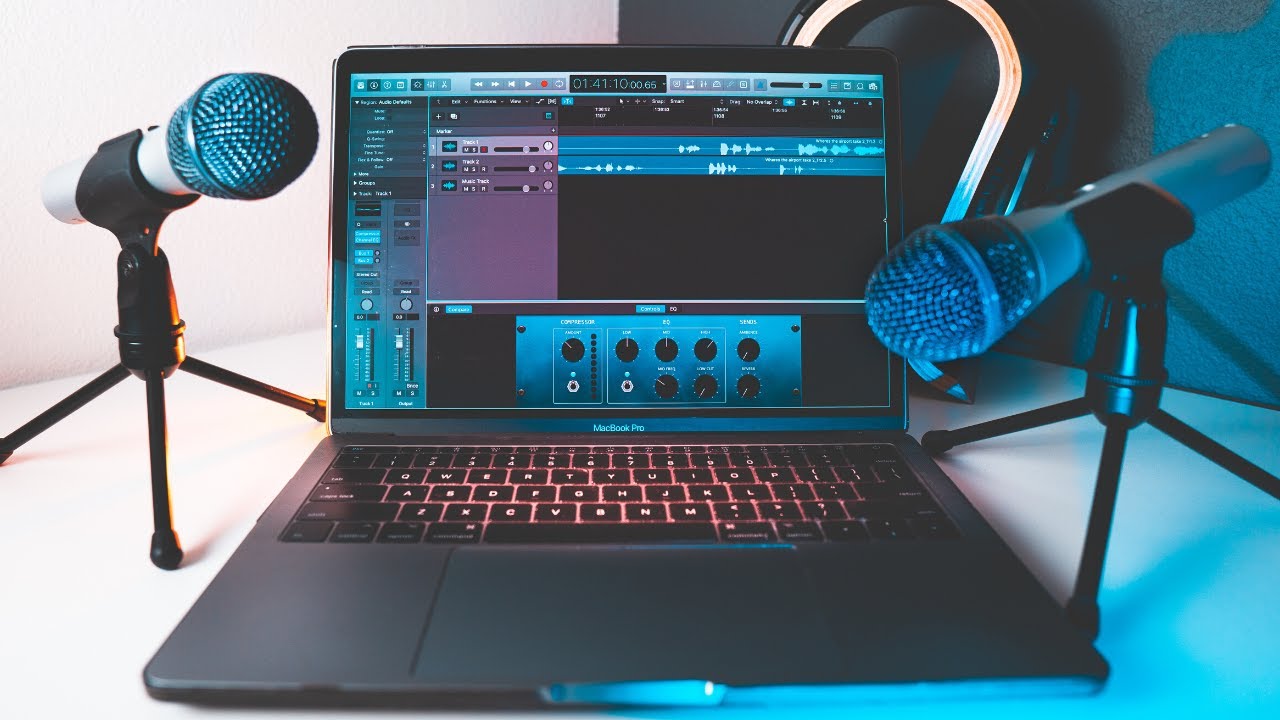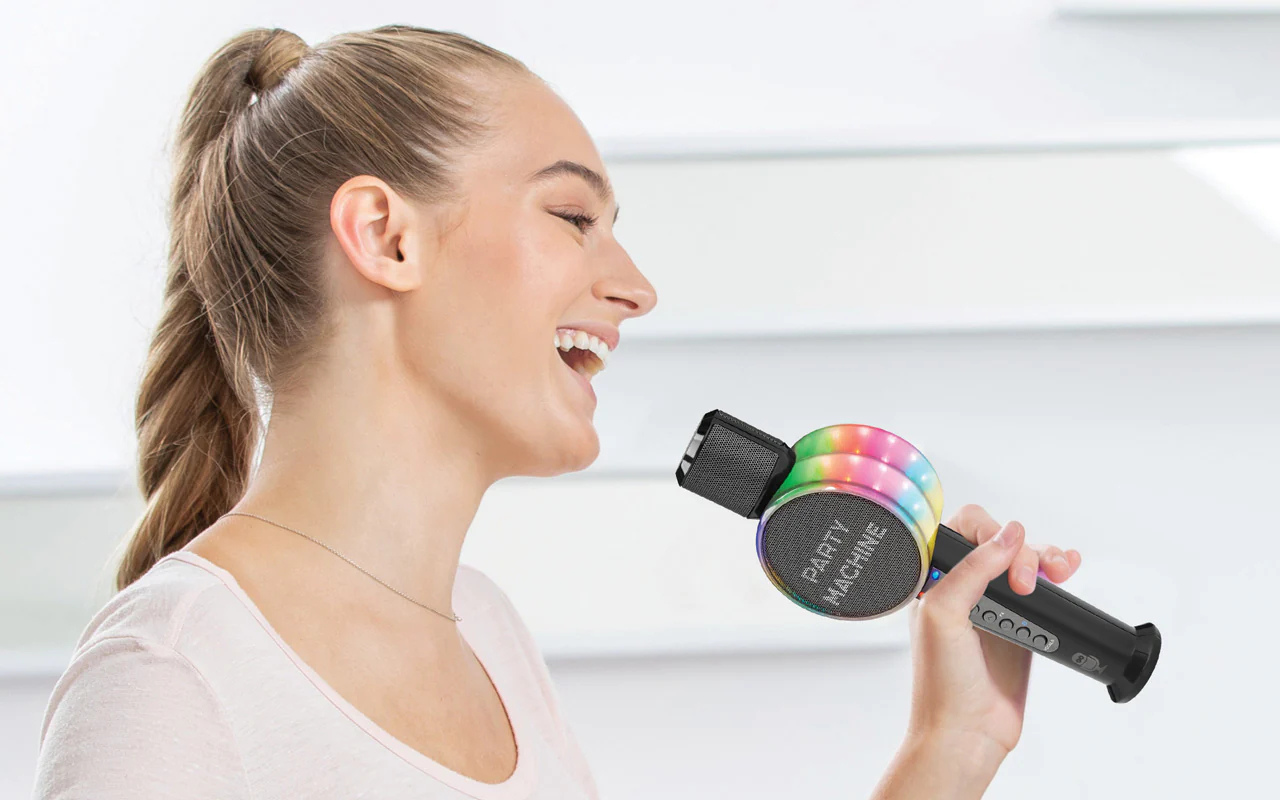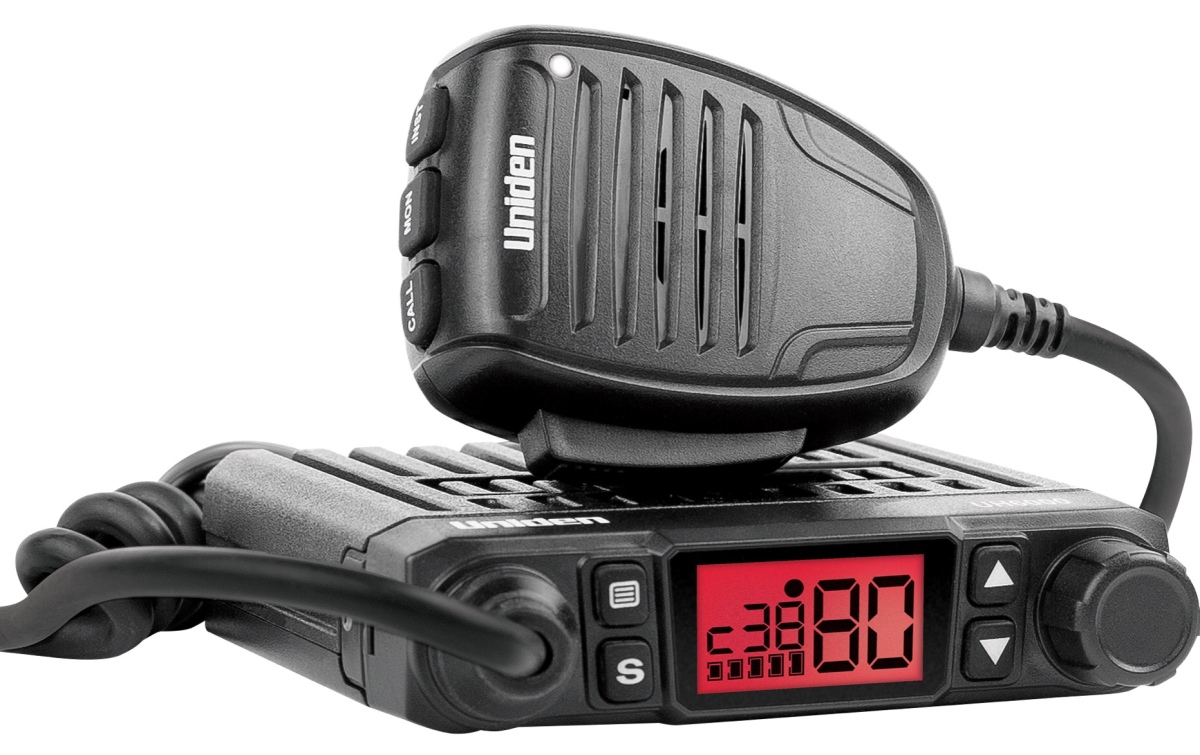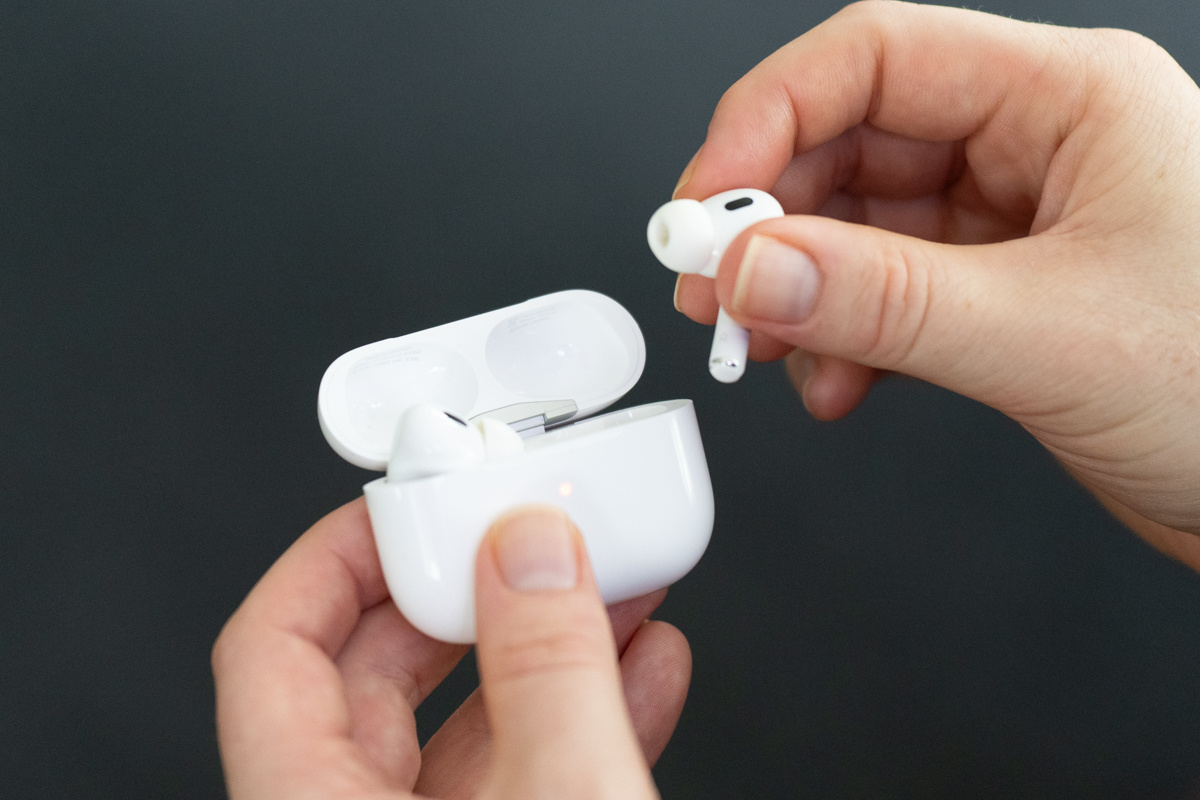Home>Devices & Equipment>Microphone>How To Use Uhf Wireless Microphone
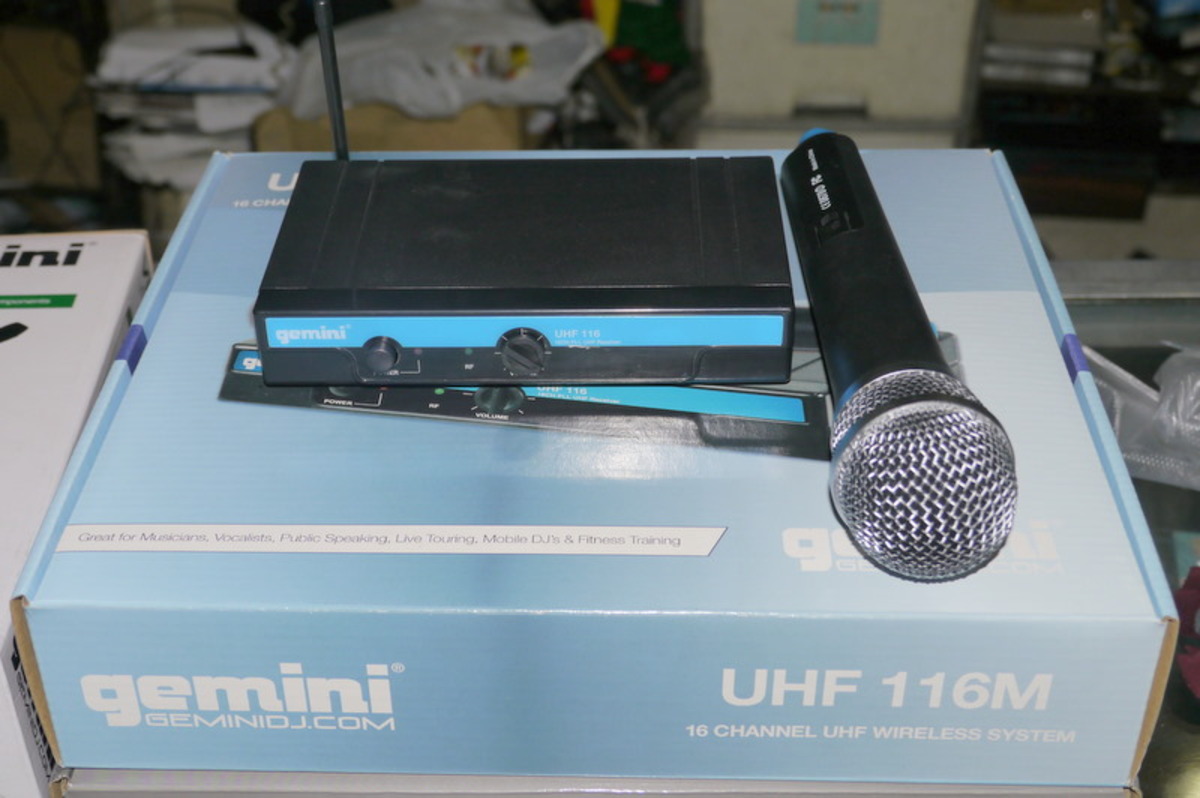

Microphone
How To Use Uhf Wireless Microphone
Published: February 17, 2024
Learn how to effectively use UHF wireless microphone systems for optimal sound quality and performance. Find expert tips and techniques for maximizing the potential of your microphone setup. Discover the best practices for using microphones in various settings.
(Many of the links in this article redirect to a specific reviewed product. Your purchase of these products through affiliate links helps to generate commission for AudioLover.com, at no extra cost. Learn more)
Table of Contents
Introduction
In the world of audio technology, wireless microphones have revolutionized the way we capture and transmit sound. Among the various types of wireless microphones available, UHF (Ultra High Frequency) wireless microphones stand out for their exceptional performance and reliability. Whether you're a professional performer, public speaker, or content creator, understanding how to use a UHF wireless microphone can significantly enhance your audio setup.
In this comprehensive guide, we will delve into the intricacies of UHF wireless microphones, from their fundamental principles to practical tips for maximizing their potential. By the end of this article, you'll have a solid grasp of how to set up, use, and troubleshoot UHF wireless microphones, empowering you to elevate the quality of your audio recordings and live performances.
Wireless microphones have become indispensable tools in various industries, from entertainment and broadcasting to education and corporate events. The freedom of movement they offer, unencumbered by cables, allows performers and speakers to engage with their audience more dynamically. UHF wireless microphones, in particular, operate within a frequency range that offers excellent signal stability and resistance to interference, making them a popular choice for professionals who demand top-notch audio quality.
As we embark on this exploration of UHF wireless microphones, we'll uncover the technical aspects that make them reliable and versatile, as well as the best practices for leveraging their capabilities. Whether you're a musician gearing up for a live show, a fitness instructor conducting virtual classes, or a public speaker delivering impactful presentations, the insights shared in this guide will equip you with the knowledge to harness the full potential of UHF wireless microphones.
Join us as we unravel the intricacies of UHF wireless microphones, demystifying their operation and empowering you to amplify your voice with clarity and precision. Let's dive into the world of UHF wireless microphones and unlock the secrets to seamless, high-fidelity audio transmission.
Understanding UHF Wireless Microphones
UHF wireless microphones operate within the ultra-high frequency range of the electromagnetic spectrum, typically between 470 MHz and 952 MHz. This broad frequency band provides several advantages, including greater signal penetration through obstacles and reduced interference from other wireless devices. As a result, UHF wireless microphones are renowned for their reliable and robust performance, making them the preferred choice in professional audio applications.
One of the key benefits of UHF wireless microphones is their ability to operate across a wide range of frequencies, allowing users to find and utilize clear channels even in crowded RF environments. This flexibility is especially crucial in live event settings where multiple wireless systems are in use simultaneously. By selecting clean, interference-free frequencies, users can ensure uninterrupted and high-quality audio transmission.
Furthermore, UHF wireless microphones are designed to deliver extended range, making them suitable for large venues and outdoor settings. The increased wavelength of UHF signals enables them to travel greater distances without sacrificing signal integrity, providing performers and presenters with the freedom to move about without compromising audio fidelity.
When it comes to signal stability, UHF wireless microphones excel in mitigating dropouts and signal loss, thanks to the robust nature of UHF frequencies. This reliability is crucial for live performances and broadcasting, where seamless audio transmission is imperative for captivating audiences and maintaining the professional quality of the production.
It’s important to note that while UHF wireless microphones offer numerous advantages, they also require careful frequency coordination and management to avoid potential interference issues. Understanding the RF environment and implementing best practices for frequency selection and coordination are essential for optimizing the performance of UHF wireless systems.
By comprehending the technical capabilities and operational characteristics of UHF wireless microphones, users can harness their full potential and leverage them in diverse settings, from concert stages and conference halls to film sets and broadcast studios. As we delve deeper into the practical aspects of using UHF wireless microphones, we’ll explore how to set them up, maximize their performance, and troubleshoot common issues, empowering you to elevate your audio experiences with confidence and expertise.
Setting Up Your UHF Wireless Microphone
Before diving into the setup process, it’s essential to ensure that you have all the necessary components for your UHF wireless microphone system. Typically, a UHF wireless microphone setup includes the microphone transmitter, receiver, antennas, audio cables, and power supply. Once you have verified that all components are available, you can proceed with the following steps to set up your UHF wireless microphone system:
- Choose the Right Frequency: Begin by identifying clear and available frequencies within the UHF spectrum for your microphone system. Utilizing a frequency coordination tool or scanning feature on your receiver can help you locate optimal frequencies with minimal interference.
- Connect the Receiver: Start by connecting the receiver to your audio mixer, amplifier, or recording device using the appropriate audio cables. Ensure that the receiver is powered on and positioned in a location that optimizes signal reception.
- Position the Antennas: If your UHF wireless microphone system includes external antennas, position them for optimal signal reception. For diversity receivers, spacing the antennas apart at different angles can enhance signal reliability.
- Power Up the Transmitter: Power on the microphone transmitter and ensure that it is set to the same frequency as the receiver. Some transmitters may require pairing with the receiver to establish a secure and stable connection.
- Test the Audio Signal: Speak or sing into the microphone to verify that the audio signal is being received by the receiver. Check the audio levels on your mixer or recording device to ensure that the signal is clear and free from distortion.
- Optimize Gain Settings: Adjust the gain settings on the receiver and audio mixer to achieve an optimal signal-to-noise ratio. Proper gain staging is crucial for maintaining a clean and balanced audio output.
- Perform Sound Check: Conduct a sound check to evaluate the microphone’s performance in the intended operating environment. Make any necessary adjustments to the microphone placement and settings to achieve the desired audio quality.
By following these steps, you can effectively set up your UHF wireless microphone system for seamless and reliable operation. Properly configured UHF wireless microphones can provide crystal-clear audio transmission, allowing you to deliver captivating performances and engaging presentations with confidence and clarity.
Using Your UHF Wireless Microphone
Once your UHF wireless microphone system is set up, you can leverage its capabilities to deliver impactful performances, engaging presentations, or high-quality audio recordings. Whether you’re a musician, public speaker, fitness instructor, or content creator, understanding how to effectively use your UHF wireless microphone is essential for achieving professional-grade audio transmission. Here are some best practices for using your UHF wireless microphone:
- Maintain Line of Sight: When using a UHF wireless microphone, aim to maintain a clear line of sight between the transmitter and receiver to ensure optimal signal transmission. Avoid obstructions and physical barriers that can interfere with the wireless connection.
- Monitor Battery Life: Regularly monitor the battery life of your microphone transmitter to prevent unexpected power loss during performances or presentations. Carry spare batteries or utilize rechargeable battery systems to minimize the risk of interruptions.
- Minimize Interference: Be mindful of potential sources of interference, such as other wireless devices, electronic equipment, or physical obstacles. Position yourself in environments that minimize RF interference to maintain consistent audio quality.
- Engage with Your Audience: Take advantage of the freedom offered by a wireless microphone to engage with your audience dynamically. Move around the performance space or stage while delivering your content, leveraging the mobility afforded by your UHF wireless system.
- Adapt to Acoustic Environments: Adjust your microphone technique and settings to accommodate different acoustic environments. Whether you’re performing in a reverberant concert hall or a more intimate setting, understanding how to optimize your microphone for each environment is crucial.
- Utilize Sound Reinforcement: If you’re using your UHF wireless microphone in a live sound reinforcement scenario, collaborate with sound engineers to ensure that your microphone is integrated seamlessly into the overall audio setup. Communicate your preferences and requirements to achieve the best possible sound reinforcement.
- Practice Good Microphone Etiquette: Familiarize yourself with microphone etiquette, including proper handling, microphone placement, and speaking/singing techniques. Adhering to good microphone practices can significantly enhance the quality and clarity of your audio output.
By incorporating these best practices into your use of a UHF wireless microphone, you can capitalize on its versatility and reliability to deliver compelling performances and articulate presentations. The freedom of movement and consistent audio quality offered by UHF wireless microphones empowers you to connect with your audience and express your creativity with confidence.
Troubleshooting Common Issues
While UHF wireless microphones are renowned for their robust performance, users may encounter occasional issues that can impact the seamless operation of the system. Understanding how to troubleshoot common issues empowers users to swiftly address challenges and maintain the reliability of their UHF wireless microphone setup. Here are some common issues and troubleshooting tips:
- Interference and Dropouts: If you experience intermittent dropouts or interference, consider repositioning the receiver antennas to optimize signal reception. Additionally, check for potential sources of interference, such as nearby wireless devices or electronic equipment, and relocate the microphone system to minimize RF interference.
- Low Battery Warning: When encountering low battery warnings on the microphone transmitter, promptly replace the batteries with fresh ones or recharge the battery pack if using a rechargeable system. Maintaining sufficient battery power is essential for uninterrupted operation.
- Audio Distortion or Noise: If you notice audio distortion or unwanted noise, inspect the audio cables and connections for any signs of damage or loose connections. Verify that the gain settings on the receiver and audio mixer are properly adjusted to prevent signal overload or excessive noise.
- Frequency Congestion: In environments with high RF activity, such as concert venues or conference facilities, frequency congestion can pose challenges. Utilize frequency coordination tools or scanning features on your receiver to identify and switch to clear, interference-free frequencies for your microphone system.
- Range Limitations: If you encounter limitations in the operating range of your UHF wireless microphone, evaluate the positioning of the receiver and antennas to optimize signal coverage. Consider utilizing antenna distribution systems or external antenna amplifiers to extend the range in challenging environments.
- System Latency: Addressing system latency, or delay in the audio signal, may involve adjusting the settings on digital wireless systems or selecting appropriate transmission modes to minimize latency. Consult the user manual or technical specifications of your UHF wireless system for guidance on latency management.
- Audio Feedback: To mitigate audio feedback issues, ensure that the microphone and speakers are positioned appropriately to prevent sound leakage and feedback loops. Adjust the microphone gain and monitor levels to maintain a stable audio output without feedback.
By familiarizing yourself with these troubleshooting tips and techniques, you can effectively address common issues that may arise during the use of UHF wireless microphones. Proactive troubleshooting and meticulous attention to technical details contribute to the seamless operation and consistent performance of your UHF wireless microphone system, allowing you to focus on delivering exceptional audio experiences without interruption.
Conclusion
As we conclude our exploration of UHF wireless microphones, it’s evident that these versatile audio tools offer unparalleled freedom and reliability for performers, presenters, and content creators. The ultra-high frequency range, spanning from 470 MHz to 952 MHz, provides a robust platform for seamless audio transmission, making UHF wireless microphones a preferred choice in professional settings.
By understanding the technical nuances of UHF wireless microphones and mastering their setup, operation, and troubleshooting, users can harness the full potential of these devices to elevate their audio experiences. Whether delivering captivating performances on stage, engaging audiences with dynamic presentations, or capturing pristine audio recordings, the versatility and reliability of UHF wireless microphones empower users to express their creativity with clarity and confidence.
Furthermore, the adaptability of UHF wireless microphones in diverse environments, from concert halls and conference rooms to outdoor stages and broadcast studios, underscores their indispensable role in the audio industry. The ability to navigate complex RF environments, mitigate interference, and optimize signal stability positions UHF wireless microphones as essential tools for professionals who demand uncompromising audio quality.
As technology continues to advance, UHF wireless microphones remain at the forefront of innovation, offering users a seamless blend of performance, mobility, and reliability. With the knowledge and insights shared in this guide, users are equipped to maximize the potential of UHF wireless microphones and unlock new possibilities in audio production and live performance.
In closing, the journey into the world of UHF wireless microphones has unveiled the intricacies of these indispensable audio devices, empowering users to amplify their voices, captivate audiences, and deliver exceptional audio experiences with precision and artistry. Embrace the freedom of UHF wireless microphones, and let your creativity soar with crystal-clear sound and unwavering reliability.

